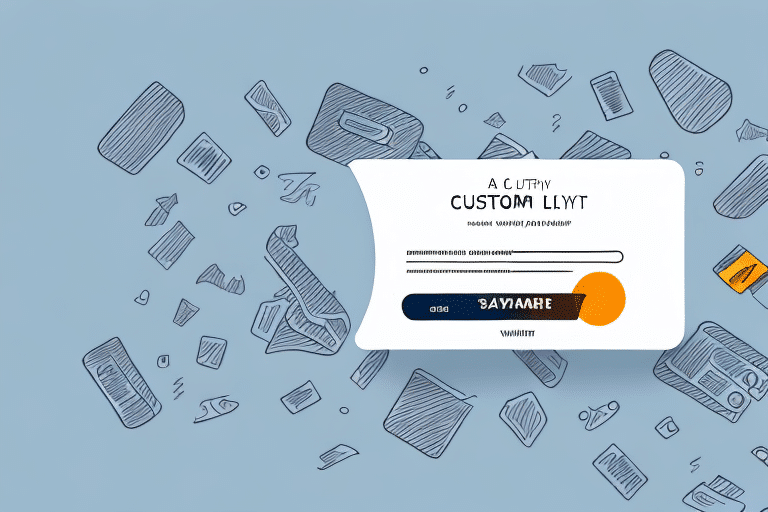Introduction to Customer Retention
Customer retention is a vital component in building thriving and sustainable businesses. Research indicates that it costs up to five times more to acquire new customers than to retain existing ones. Moreover, existing customers typically spend more and are more likely to refer new business. Therefore, developing essential customer retention skills should be a priority for all businesses. This article explores various strategies to maximize customer lifetime value, avoid common pitfalls, and enhance customer experience and retention rates.
Maximizing Customer Lifetime Value
Implementing Effective Retention Strategies
One of the most effective ways to maximize customer lifetime value is through targeted retention strategies. Key initiatives include:
- Personalized Communication: Utilize data analytics to understand individual customer preferences and tailor communications accordingly.
- Rewards Programs: Incentivize repeat purchases with rewards or discounts, fostering loyalty.
- Exceptional Customer Service: Providing outstanding support can build long-term relationships and increase customer satisfaction.
Leveraging Customer Feedback
Actively seeking feedback through surveys, social media, and other channels allows businesses to improve the customer experience. Addressing customer concerns demonstrates value and commitment, while exclusive promotions or early access to new products can keep customers engaged.
According to a Harvard Business Review study, companies that excel at customer experience have 1.5 times more engaged employees and 1.4 times more revenue growth.
Understanding the Importance of Customer Retention
Cost Efficiency and Growth
Retaining customers is essential for business growth and efficiency. It is less expensive to retain existing customers than to acquire new ones, and loyal customers provide valuable feedback for continuous improvement. Additionally, they are more likely to recommend your products or services, further driving business growth.
Building a Loyal Customer Base
Loyal customers form a stable revenue source, even in competitive markets. By understanding and meeting their needs, businesses can foster loyalty and ensure long-term success.
The Psychology Behind Customer Retention
Emotional Connections
Creating a positive emotional connection with customers makes them feel valued and appreciated, enhancing retention rates. Brands that align with customers' values and beliefs are more likely to cultivate loyalty.
Social Proof and Trust
Social proof, such as positive reviews and testimonials, builds trust and credibility. According to Nielsen, 66% of consumers trust online reviews, making it essential for businesses to showcase positive customer experiences.
Identifying Customer Needs and Wants
Data-Driven Insights
Analyzing customer data, including behavior, purchase history, and engagement, provides valuable insights into preferences and pain points. This information helps businesses personalize offerings and tailor marketing messages effectively.
Market Gap Analysis
Gathering feedback through surveys, focus groups, and social media can identify gaps in the market, allowing businesses to improve their products and services to better meet customer expectations.
Building Strong Personal Connections
Personalized Customer Interactions
Creating trust and empathy involves remembering customer preferences, addressing them by name, and providing tailored services. Personalized interactions make customers feel valued, fostering loyalty.
Engagement through Social Media
Engaging with customers on social media platforms enhances personal connections. Prompt responses to comments and messages, sharing relevant content, and appreciating customer feedback can build trust and loyalty.
Enhancing the Customer Experience
Seamless Interactions
A seamless customer experience includes easy website navigation, hassle-free transactions, reliable customer support, and prompt delivery. Ensuring satisfaction at every touchpoint increases the likelihood of repeat business.
Utilizing Technology
Leveraging technology such as CRM systems, data analytics, and chatbots can enhance the customer experience by providing personalized interactions and efficient support. According to Salesforce, 70% of customers expect a company’s website to provide a personalized experience.
Measuring and Improving Retention Strategies
Key Metrics to Track
Monitoring metrics like customer retention rate, average order value, customer lifetime value, and net promoter score (NPS) is essential for assessing the effectiveness of retention strategies. These metrics help identify areas for improvement and guide strategic adjustments.
Avoiding Common Mistakes
Common mistakes in customer retention include ignoring customer feedback, slow response times, inconsistent communication, and neglecting customer satisfaction. Ensuring consistent, responsive, and customer-focused interactions can significantly improve retention rates.
Investing in employee training also plays a crucial role, as well-trained employees are better equipped to provide excellent customer service and handle issues professionally.
Case Studies: Successful Customer Retention Strategies
Examining successful examples can provide valuable insights. Companies like Amazon, Starbucks, and Sephora have implemented effective retention strategies through personalized recommendations, loyalty programs, and VIP services. These strategies have fostered customer loyalty and driven repeat business, serving as models for other businesses aiming to improve their retention rates.
Conclusion
Developing essential customer retention skills is critical in today's competitive business environment. By understanding the importance of retention, implementing effective strategies, leveraging technology, and learning from successful case studies, businesses can enhance customer satisfaction and loyalty. Investing in customer retention not only reduces acquisition costs but also drives sustainable growth and long-term profitability.




















